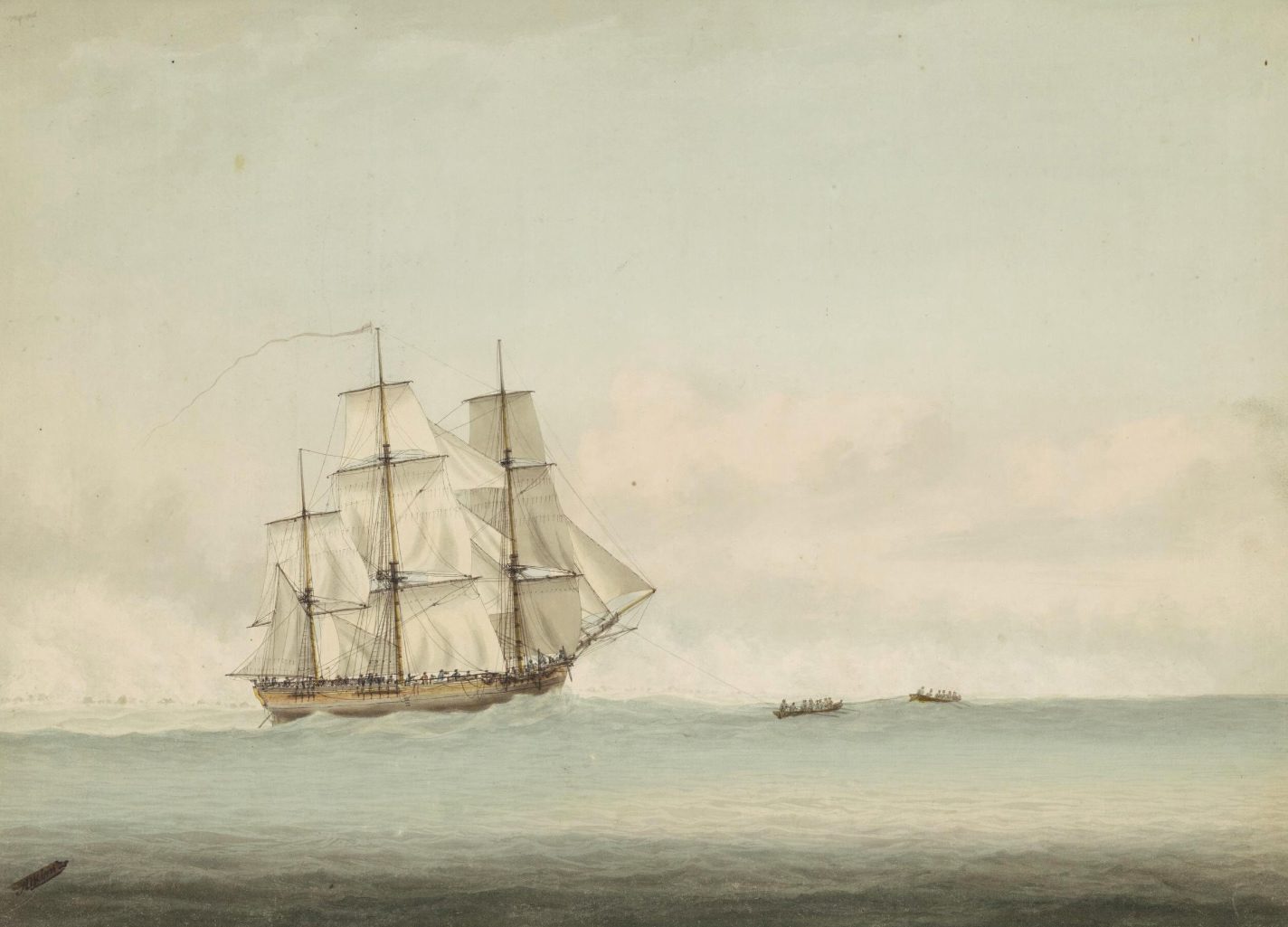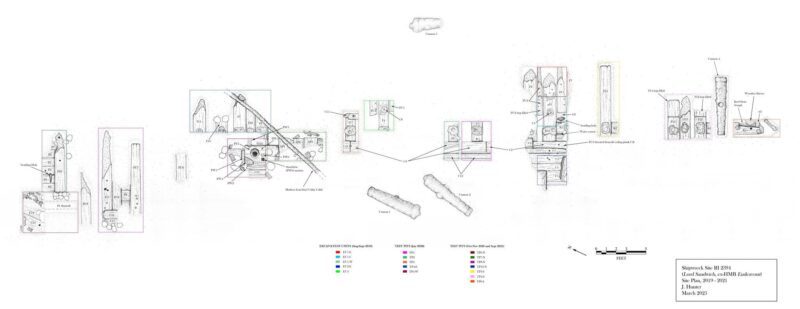Canada to Drop Many Counter-Tariffs in Olive Branch to Trump
By Brian Platt and Josh Wingrove Aug 22, 2025 (Bloomberg) –Canada will remove its retaliatory tariffs on a long list of US products that comply with the existing North American trade...

Painting by Samuel Atkins (1787-1808) of HMS Endeavour off the coast of New Holland during Cook's voyage of discovery 1768-1771. Credit: Samuel Atkins (c.1760-1810) - National Library of Australia
The Australian National Maritime Museum (ANMM) has released its final report confirming the discovery of one of maritime history’s most significant vessels – HMS Endeavour – in Newport Harbor, Rhode Island.
The shipwreck, officially designated as site RI 2394, represents the remains of the British troop transport Lord Sandwich, formerly known as HMS Endeavour. The identification comes after an extensive 25-year study involving underwater investigations and research across multiple institutions.
Originally launched in 1764 as Earl of Pembroke, the vessel was renamed Endeavour by the British Royal Navy in 1768 for its famous Pacific voyage. Under Captain James Cook’s command from 1768 to 1771, the ship circumnavigated the globe, charted New Zealand’s coastline, and mapped Australia’s eastern coast.
Following its return to England, the vessel served as a naval transport before being sold to private owners who renamed it Lord Sandwich. Its final role was as a prison ship during the American War of Independence. In 1778, when American and French forces besieged British-held Newport, the British deliberately scuttled Lord Sandwich along with twelve other vessels to create a defensive blockade.
“This Final Report is the culmination of 25 years of detailed and meticulous archaeological study on this important vessel,” said Ms. Daryl Karp AM, Director and CEO of the museum.

The breakthrough in identification came through extensive archaeological investigation. Site RI 2394 measures 18.2 meters long by 7.3 meters wide and features distinctive characteristics matching Endeavour’s original specifications, including a linear stone ballast pile, substantial timber frames, four iron cannons, and a lead scupper.
Dr. Nigel Erskine’s research in 2016 proved crucial in narrowing down the search area to a specific location north of Goat Island. Detailed excavation between 2019 and 2021 revealed key structural elements that matched Endeavour’s 1768 Royal Navy survey measurements.
The identification was based on multiple lines of evidence, including timber analysis showing repairs consistent with the vessel’s documented 1776 maintenance. The site also features unique characteristics such as paired and tripled floor timbers corresponding exactly with Endeavour’s main and fore mast locations.
While the Rhode Island Maritime Archaeological Project (RIMAP) continues to consider other candidate sites, no substantive responses have refuted the identification of RI 2394 as HMS Endeavour since the preliminary announcement in 2022.
Given the vessel’s immense historical and cultural significance to multiple nations, including Australia, New Zealand, England, the United States, and First Nations peoples throughout the Pacific, efforts are now underway to secure legislative and physical protection for the site.

Sign up for gCaptain’s newsletter and never miss an update

Subscribe to gCaptain Daily and stay informed with the latest global maritime and offshore news


Stay informed with the latest maritime and offshore news, delivered daily straight to your inbox
Essential news coupled with the finest maritime content sourced from across the globe.
Sign Up